Home>Maintenance & Safety>Safety Equipment & Products>How To Childproof A Sliding Closet Door
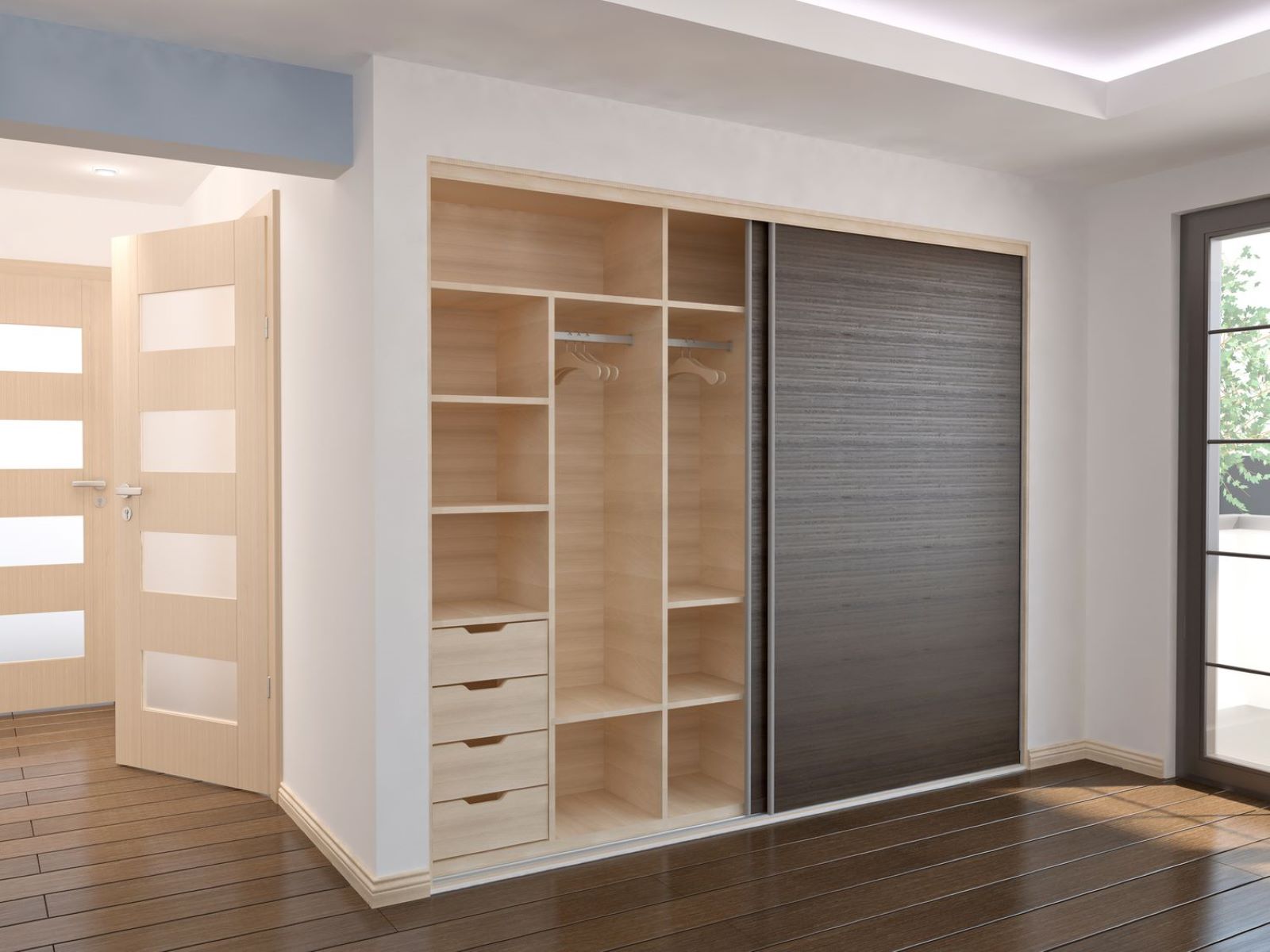

Safety Equipment & Products
How To Childproof A Sliding Closet Door
Modified: February 16, 2024
Learn how to childproof a sliding closet door with the best safety equipment and products. Keep your little ones safe and secure at home. Discover effective childproofing tips!
(Many of the links in this article redirect to a specific reviewed product. Your purchase of these products through affiliate links helps to generate commission for Storables.com, at no extra cost. Learn more)
Introduction
Childproofing your home is a crucial aspect of parenting, ensuring the safety and well-being of your little ones as they explore their surroundings. Sliding closet doors, while convenient for adults, can pose potential hazards for curious children. As a responsible caregiver, it's essential to take proactive measures to childproof these doors, minimizing the risk of accidents and injuries.
In this comprehensive guide, we'll explore effective strategies for childproofing sliding closet doors, providing you with valuable insights and practical solutions to safeguard your child's environment. From assessing potential risks to implementing safety measures, we'll cover every aspect of this important undertaking, empowering you to create a secure and nurturing space for your little explorers. Let's delve into the world of childproofing and discover the peace of mind that comes with knowing your home is a safe haven for your family.
Key Takeaways:
- Childproofing sliding closet doors involves installing locks, using door stoppers, and keeping the area clear to prevent accidents and injuries, creating a safe environment for children to explore.
- Regular maintenance, such as checking door alignment and lubricating sliding tracks, is crucial for upholding the safety and functionality of sliding closet doors in a childproofed home.
Read more: How To Childproof A Sliding Glass Door
Assessing the Risk
Before embarking on the childproofing journey, it’s essential to assess the potential risks associated with sliding closet doors. Take a moment to observe the layout of your home and the specific characteristics of the sliding closet doors. Consider the following factors:
- Accessibility: Evaluate how easily your child can access the sliding closet doors. Are they located in high-traffic areas or within reach of your child’s play area?
- Door Weight: Take note of the weight of the doors. Heavy sliding doors can pose a greater risk of injury if they are accidentally closed on a child’s fingers or limbs.
- Sharp Edges: Examine the edges of the doors for any sharp or protruding components that could cause cuts or bruises.
- Pinch Points: Identify any pinch points along the sliding track or between the door panels, as these areas can trap small fingers.
By thoroughly assessing these factors, you’ll gain a clearer understanding of the potential hazards posed by the sliding closet doors in your home. This awareness will guide you in selecting the most appropriate childproofing solutions to mitigate these risks effectively.
Installing Childproof Locks
One of the most effective ways to childproof sliding closet doors is by installing childproof locks specifically designed for this purpose. These locks are designed to prevent children from accessing the doors without adult supervision, adding an extra layer of security to your home. Here’s a step-by-step guide to installing childproof locks on sliding closet doors:
- Choose the Right Lock: Select childproof locks that are suitable for sliding closet doors. There are various types available, including adhesive locks, handle locks, and sliding door loop locks. Consider the design of your closet doors and choose a lock that provides a secure fit.
- Clean and Prepare the Surface: Before installing the locks, ensure that the surface of the closet doors is clean and dry. Remove any dust or debris that may affect the adhesion of adhesive locks.
- Position the Locks: Follow the manufacturer’s instructions to position the locks correctly. For adhesive locks, place them at a height that is out of reach for young children but accessible for adults.
- Test the Locks: Once installed, test the locks to ensure they are functioning correctly. Practice opening and closing the doors with the locks engaged to familiarize yourself with the new mechanism.
- Explain the Function to Family Members: It’s important to educate everyone in the household about the purpose and operation of the childproof locks. Encourage responsible use of the locks to maintain a safe environment for children.
By following these steps, you can effectively install childproof locks on your sliding closet doors, significantly reducing the risk of accidents and unauthorized access.
Using Door Stoppers
Door stoppers are simple yet effective tools for preventing sliding closet doors from fully closing, thereby minimizing the risk of accidental trapping or injury. These stoppers act as a barrier, keeping the doors slightly ajar and creating a safe gap that prevents children’s fingers from getting caught. Here’s how you can utilize door stoppers to enhance the safety of sliding closet doors:
- Choose Appropriate Door Stoppers: Select door stoppers that are specifically designed for sliding doors. These stoppers are often made of durable materials and are compatible with various door widths.
- Position the Stoppers: Place the door stoppers at a height that prevents the doors from closing completely. Ensure that the stoppers are securely attached and do not create any tripping hazards in the vicinity of the closet.
- Test the Functionality: Once the stoppers are in place, test the doors to ensure that they stop at the desired position. Verify that the stoppers effectively prevent the doors from fully closing, maintaining a safe gap for added child protection.
- Regular Inspection: Periodically inspect the door stoppers to ensure they remain securely fastened and functional. Over time, the stoppers may require adjustments or replacements to maintain their efficacy.
By incorporating door stoppers into your childproofing strategy, you can create a protective barrier that reduces the risk of accidents associated with sliding closet doors. This simple yet valuable addition contributes to a safer environment for your children to explore and play without unnecessary hazards.
Install a childproof lock or latch on the sliding closet door to prevent children from opening it. Make sure it is out of reach and secure enough to withstand a child’s attempts to open it.
Keeping the Area Clear
Ensuring that the area surrounding sliding closet doors remains clear and uncluttered is an essential aspect of childproofing. By maintaining a tidy and organized space, you can minimize the risk of accidents and create a safer environment for your children. Here are some key strategies for keeping the area around sliding closet doors clear and safe:
- Remove Obstacles: Regularly inspect the area around the closet doors and remove any items that could obstruct the doors’ movement or pose tripping hazards. Keep toys, shoes, and other objects neatly stored away from the doorways.
- Secure Loose Cords and Wires: Ensure that electrical cords, cables, and wires are properly secured and out of reach of children. Loose cords can become entangled with sliding doors, posing a risk of injury or accidents.
- Maintain Adequate Lighting: Keep the area well-lit to enhance visibility and reduce the likelihood of tripping or bumping into the closet doors. Adequate lighting also allows parents to monitor their children’s activities near the doors more effectively.
- Teach Tidiness: Encourage children to participate in keeping the area around the sliding closet doors tidy. Teach them the importance of putting away their belongings and avoiding clutter, fostering a sense of responsibility for maintaining a safe living space.
By implementing these measures, you can create a clear and hazard-free zone around sliding closet doors, reducing the likelihood of accidents and promoting a safe and organized environment for your children to thrive in.
Read more: How To Childproof Sliding Glass Doors
Regular Maintenance
Consistent maintenance plays a vital role in upholding the safety and functionality of sliding closet doors. By incorporating regular maintenance into your childproofing routine, you can address potential issues promptly and ensure that the doors remain secure and hazard-free. Here are essential maintenance practices to consider:
- Check Door Alignment: Periodically inspect the alignment of the sliding closet doors to ensure they operate smoothly and close securely. Misaligned doors can pose a risk of entrapment and should be adjusted as needed.
- Lubricate Sliding Tracks: Apply lubricant to the sliding tracks to facilitate smooth door movement. Proper lubrication reduces friction and minimizes the effort required to open and close the doors, enhancing their safety and ease of use.
- Inspect Door Hardware: Regularly examine the door hardware, including handles, locks, and fasteners, to ensure they are secure and functioning correctly. Tighten any loose components and replace worn-out hardware as necessary.
- Address Wear and Tear: Keep an eye out for signs of wear and tear on the doors, such as damaged edges or deteriorating materials. Address these issues promptly to prevent potential hazards and maintain the structural integrity of the doors.
- Reassess Childproofing Measures: As your children grow and develop, reassess the effectiveness of your childproofing solutions. Adjust locks, stoppers, and other safety devices as needed to accommodate your child’s evolving abilities and behaviors.
By integrating regular maintenance tasks into your childproofing regimen, you can uphold the safety and functionality of sliding closet doors, providing a secure environment for your children to thrive in.
Conclusion
Childproofing sliding closet doors is a proactive and essential aspect of creating a safe and nurturing environment for your children. By assessing potential risks, installing childproof locks, using door stoppers, keeping the area clear, and prioritizing regular maintenance, you can significantly reduce the likelihood of accidents and injuries associated with these doors.
Remember that childproofing is an ongoing process that requires attentiveness and adaptability as your children grow and explore their surroundings. Stay vigilant and regularly reassess the effectiveness of your safety measures to ensure that they remain relevant and reliable.
Ultimately, the goal of childproofing sliding closet doors is to provide your children with the freedom to move and play within a secure space, fostering their independence and curiosity while mitigating potential hazards. By implementing the strategies outlined in this guide, you can create a home environment where safety and exploration coexist harmoniously, offering peace of mind for you as a caregiver and a safe haven for your children.
Embrace the journey of childproofing as a meaningful investment in your children’s well-being, and take pride in creating a home that nurtures their growth and development in a secure and loving atmosphere.
Frequently Asked Questions about How To Childproof A Sliding Closet Door
Was this page helpful?
At Storables.com, we guarantee accurate and reliable information. Our content, validated by Expert Board Contributors, is crafted following stringent Editorial Policies. We're committed to providing you with well-researched, expert-backed insights for all your informational needs.
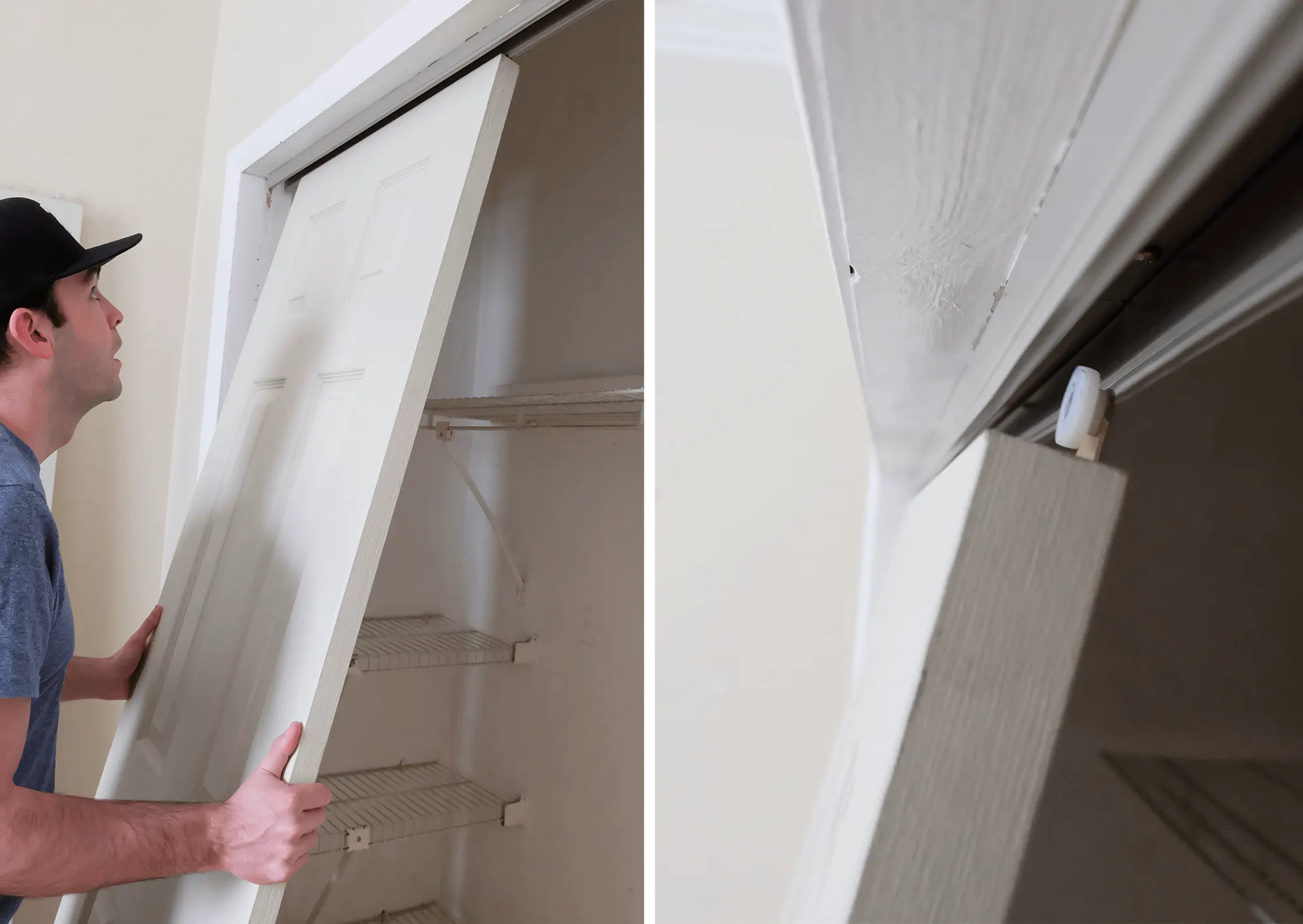
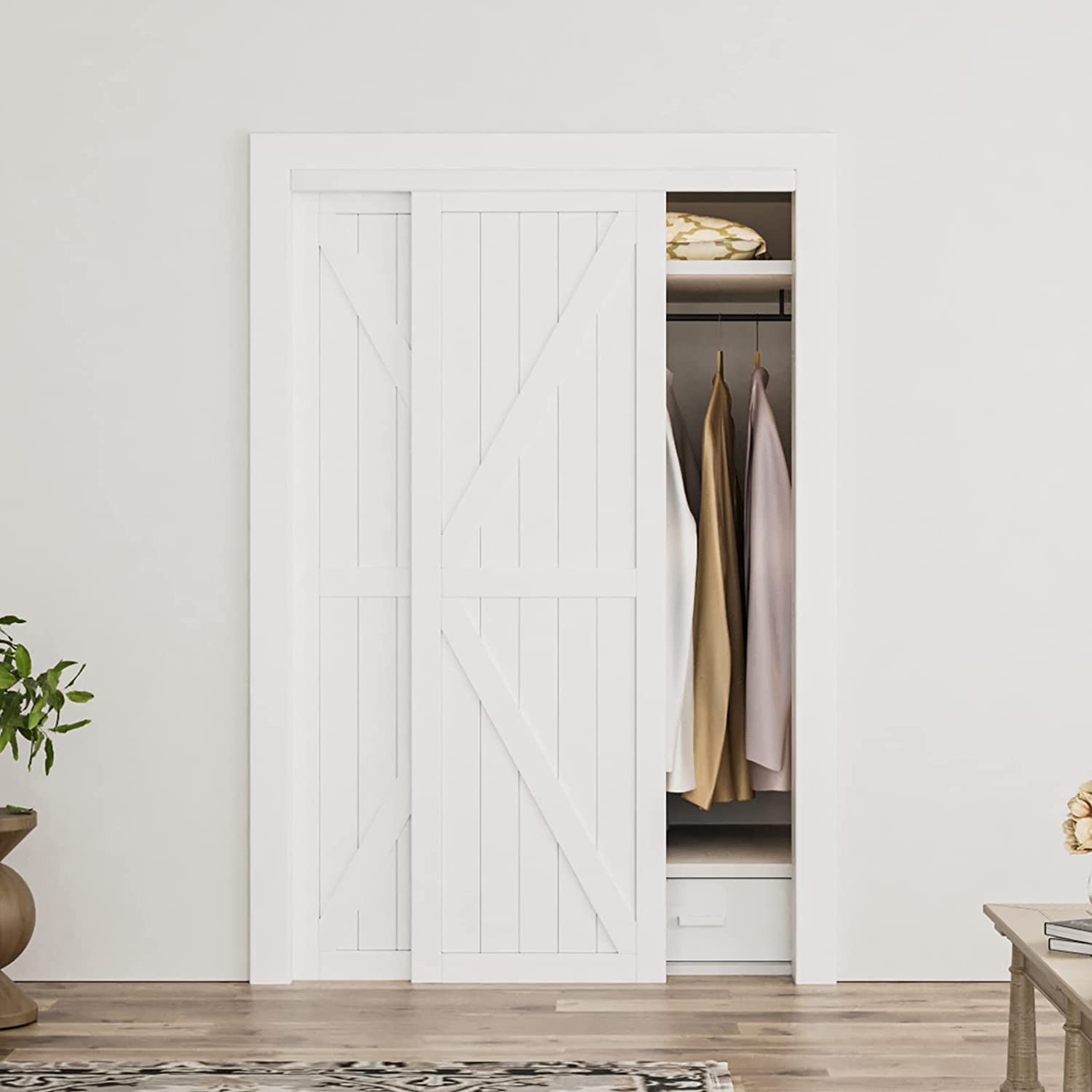
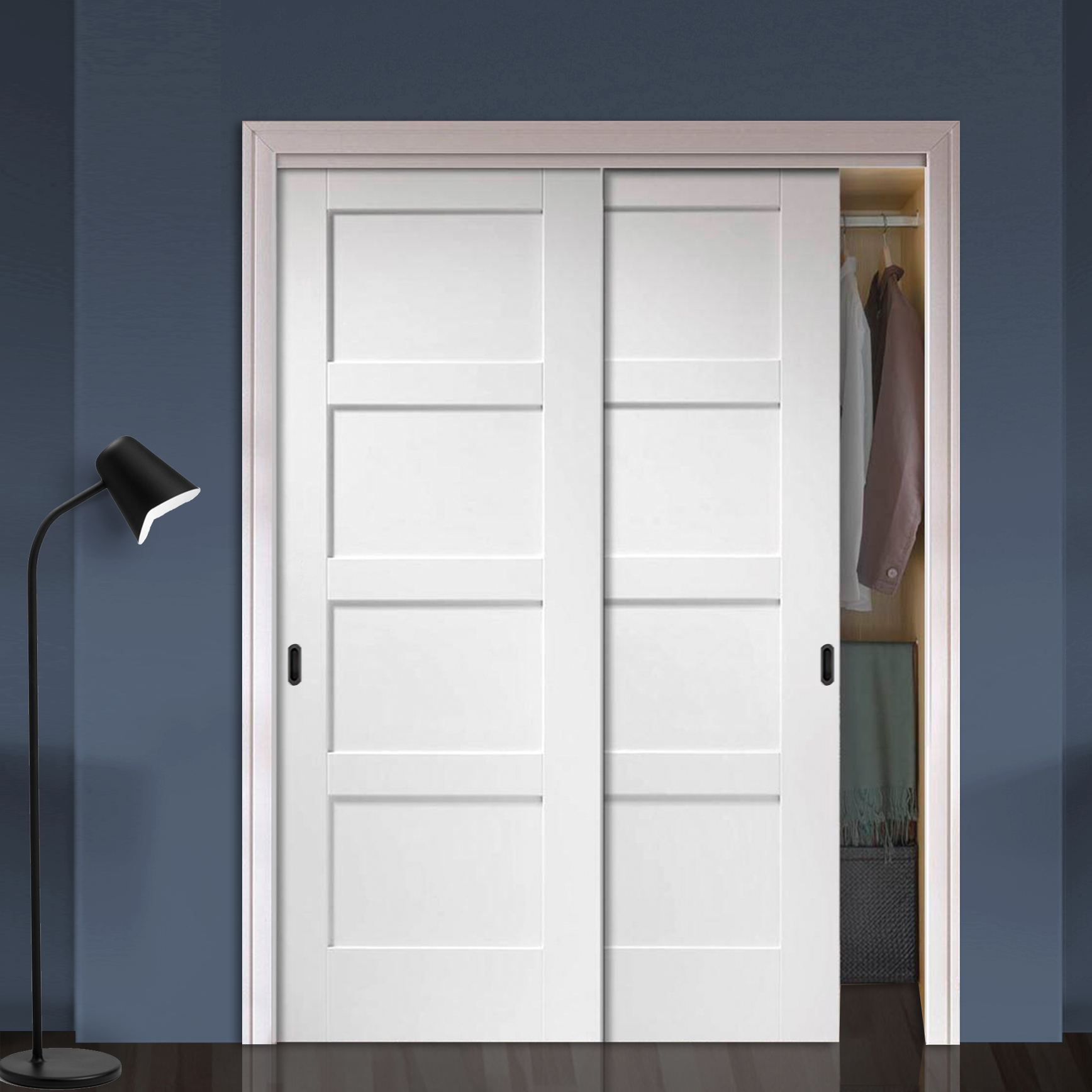
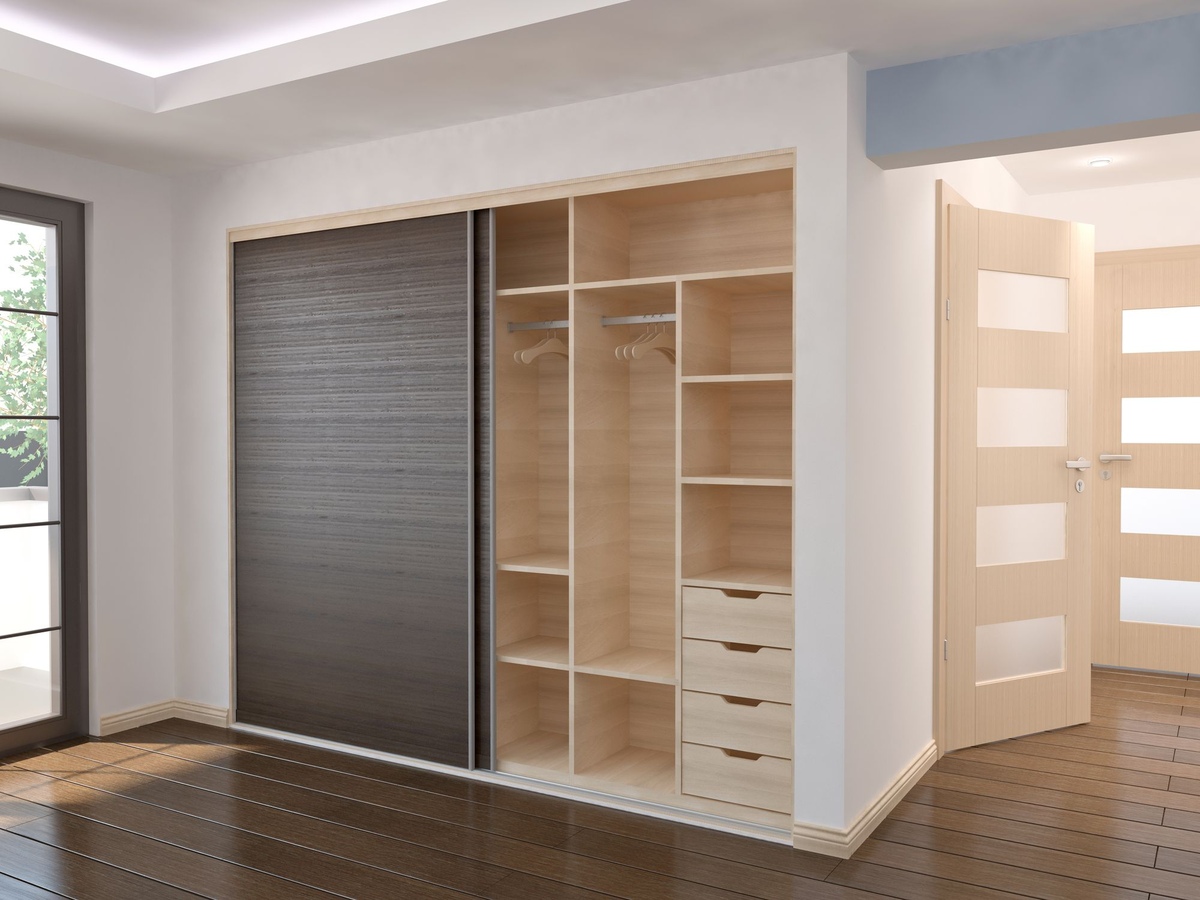
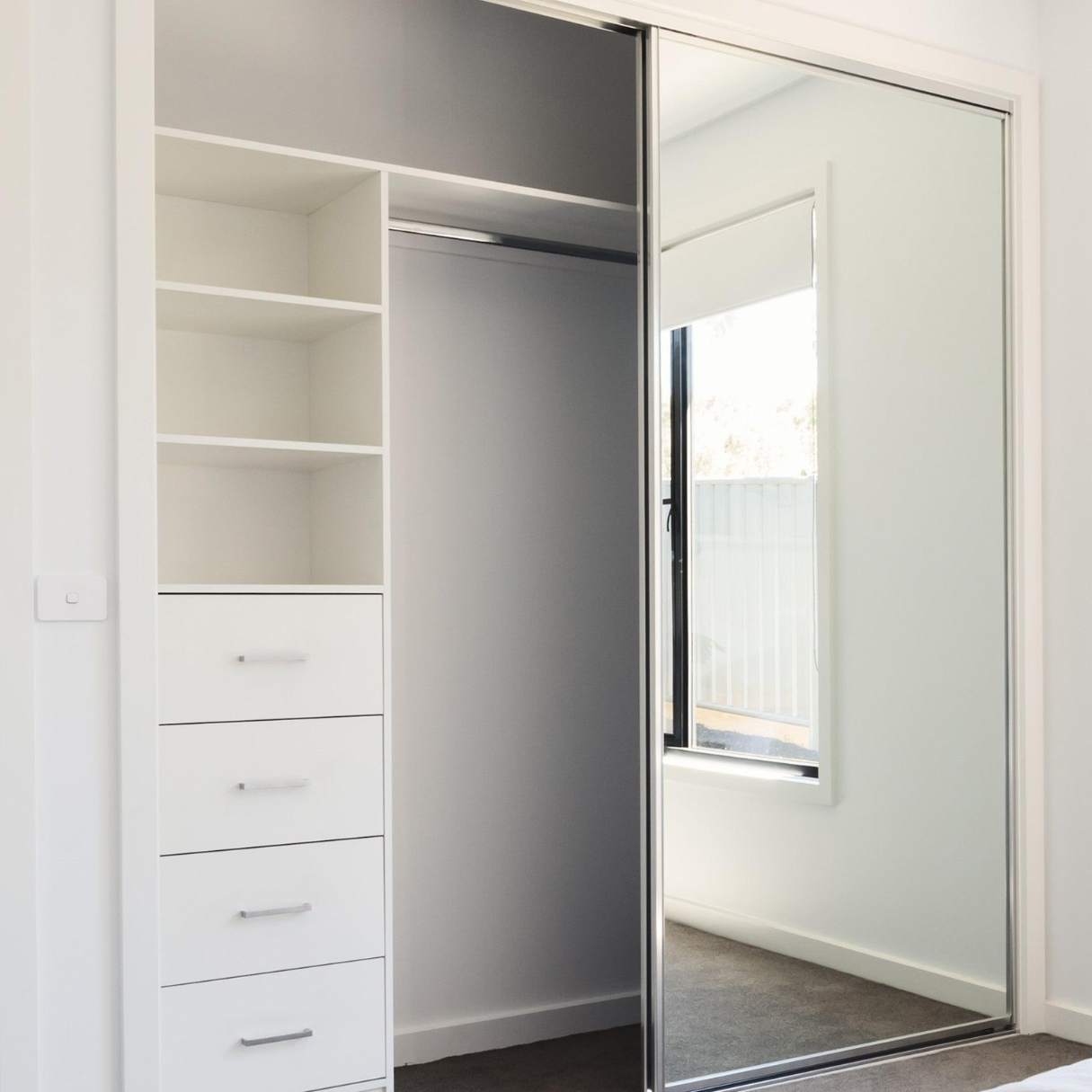
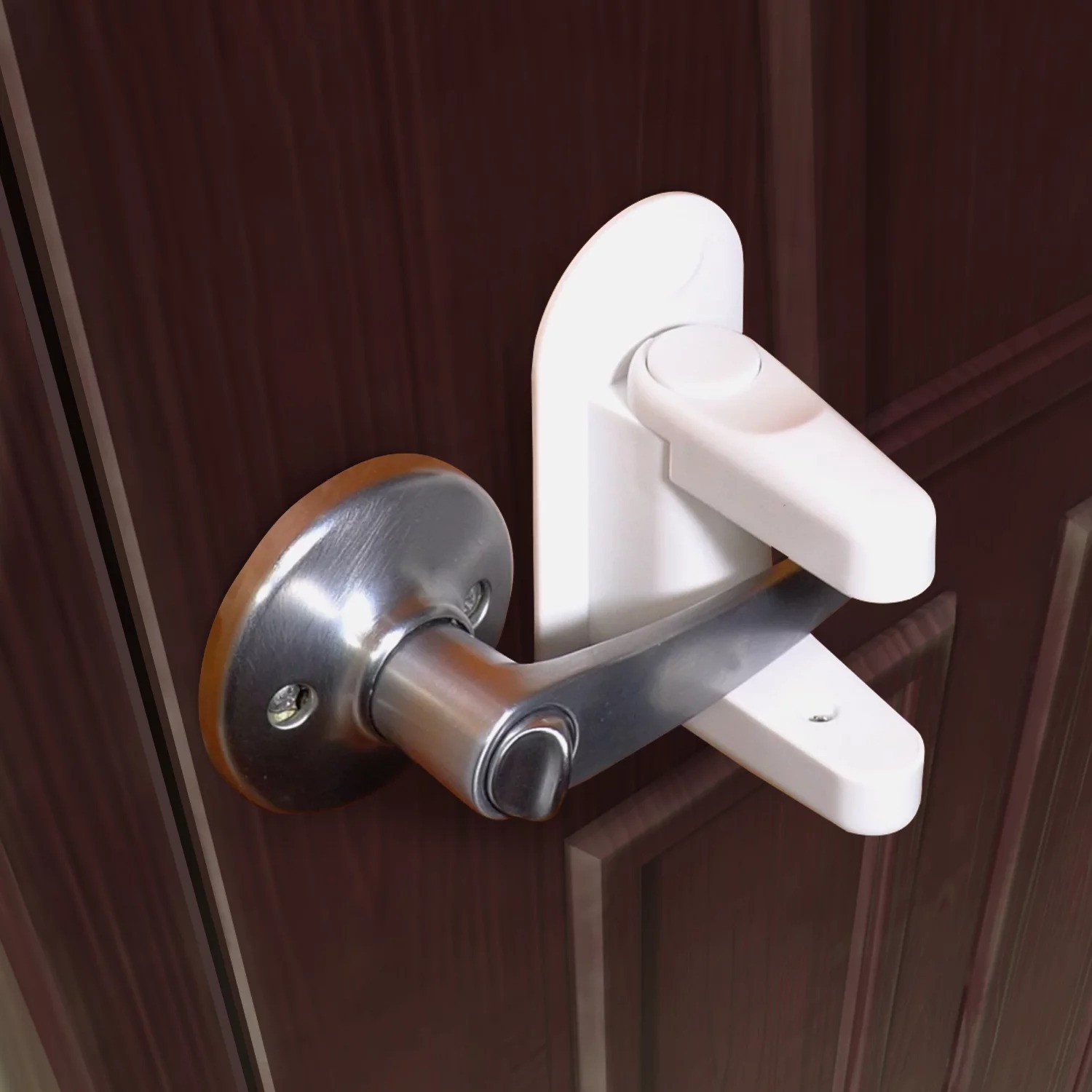
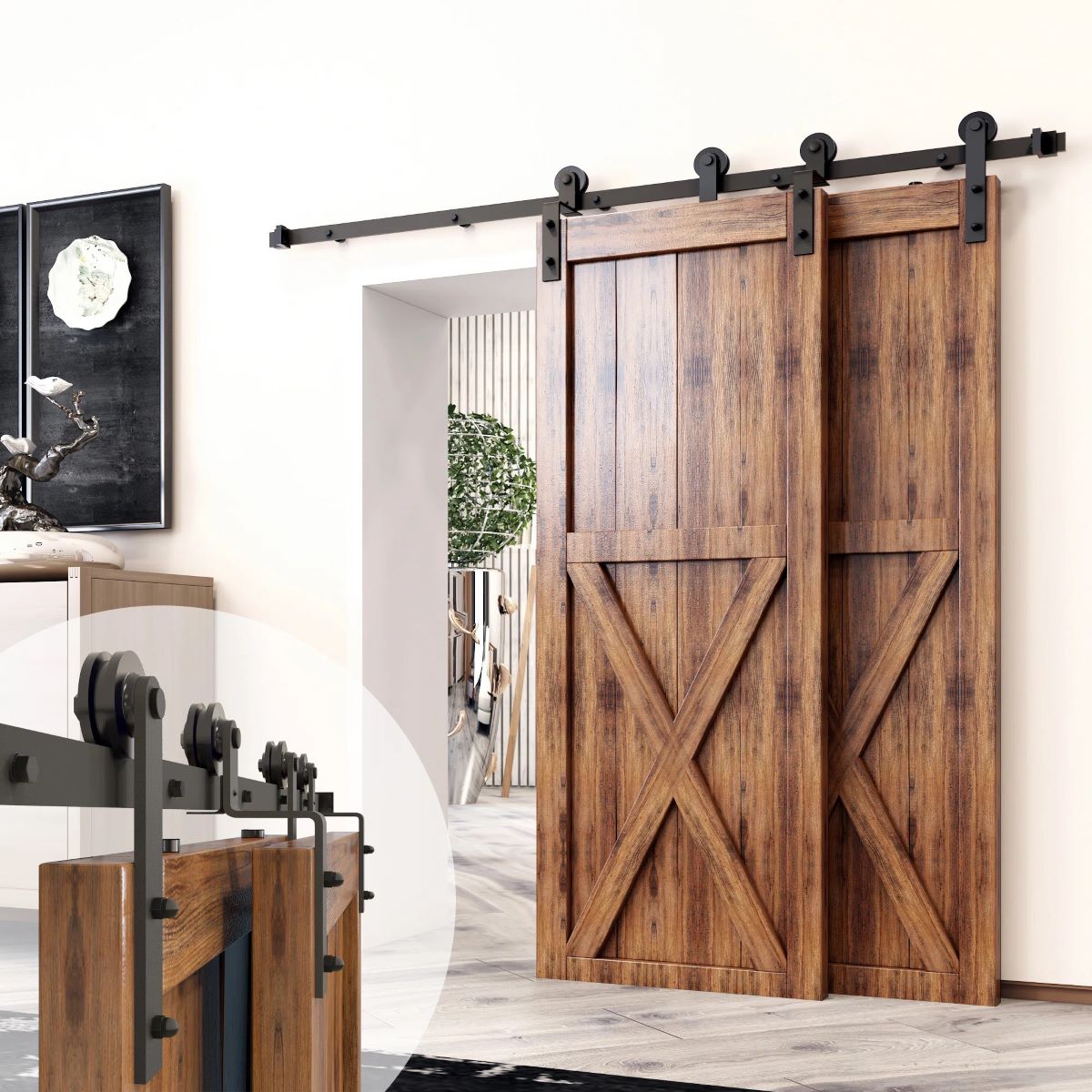
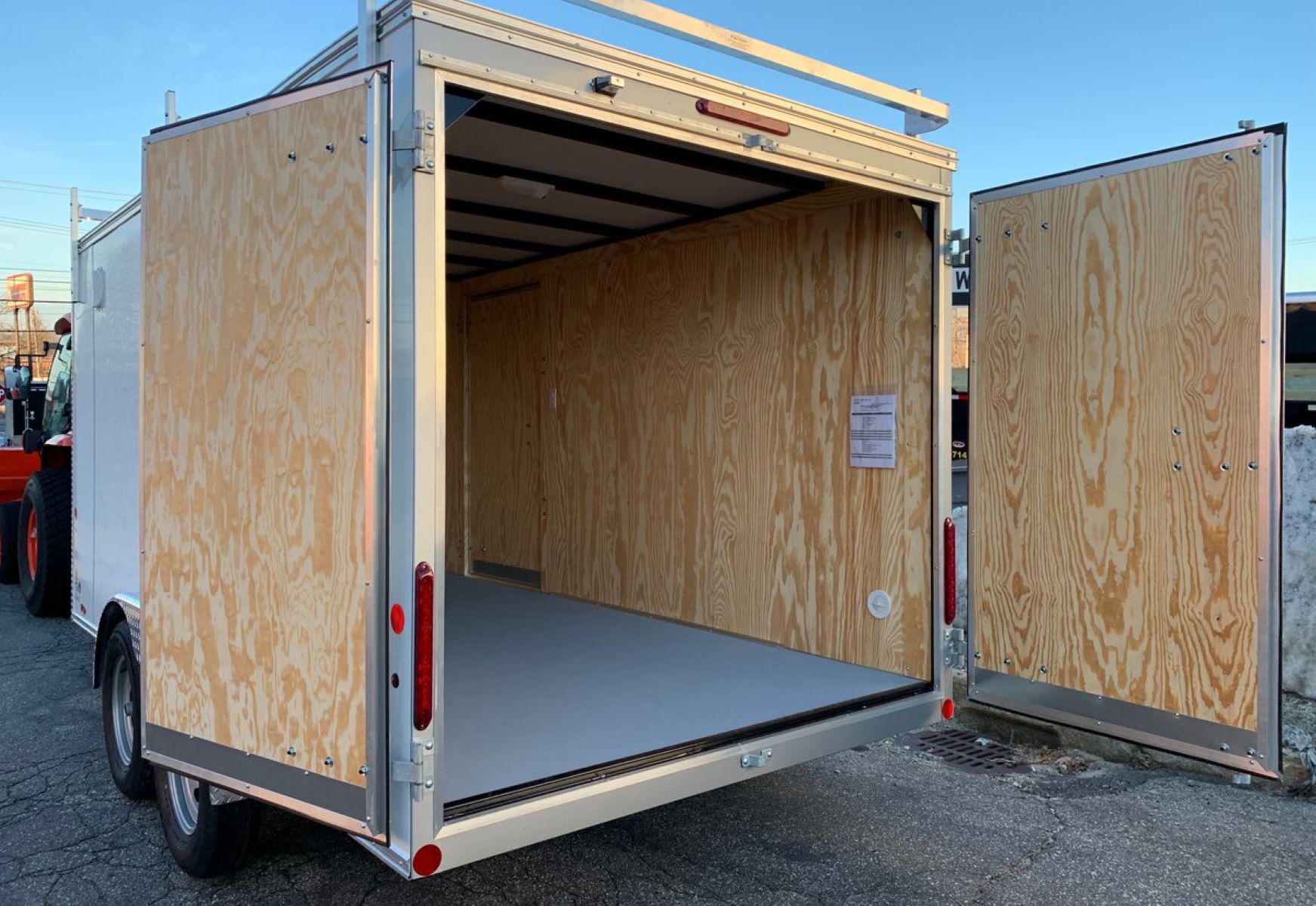
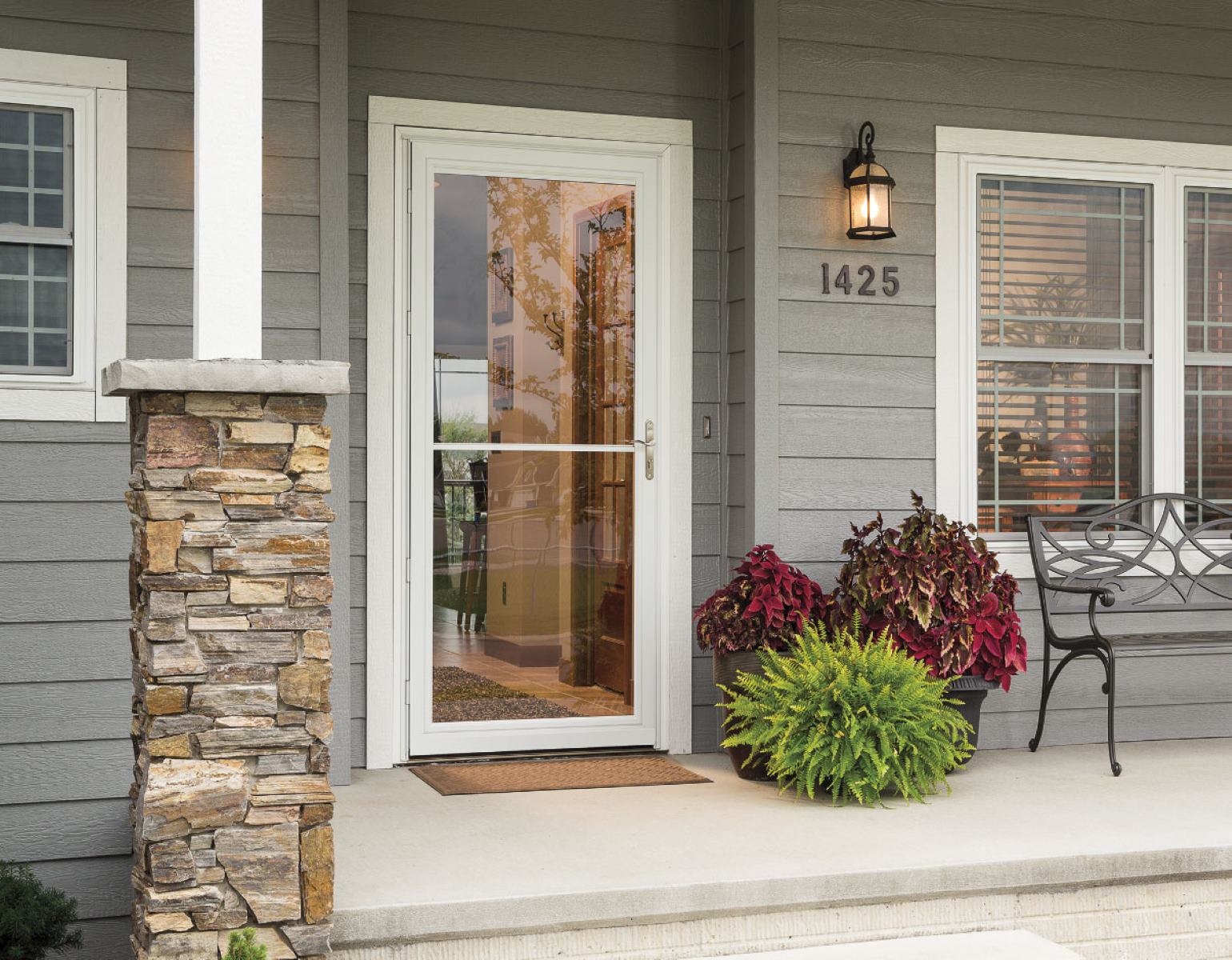
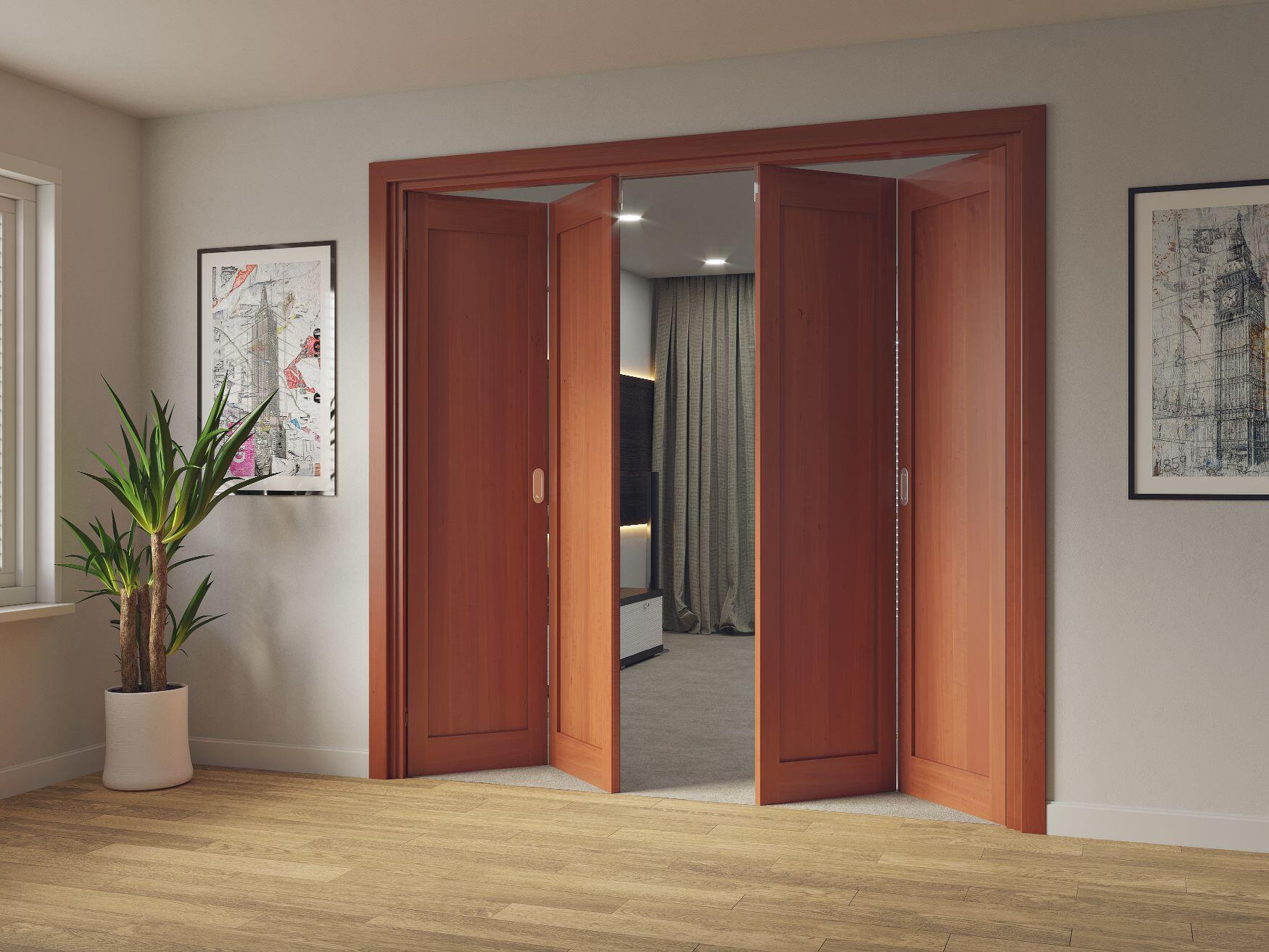
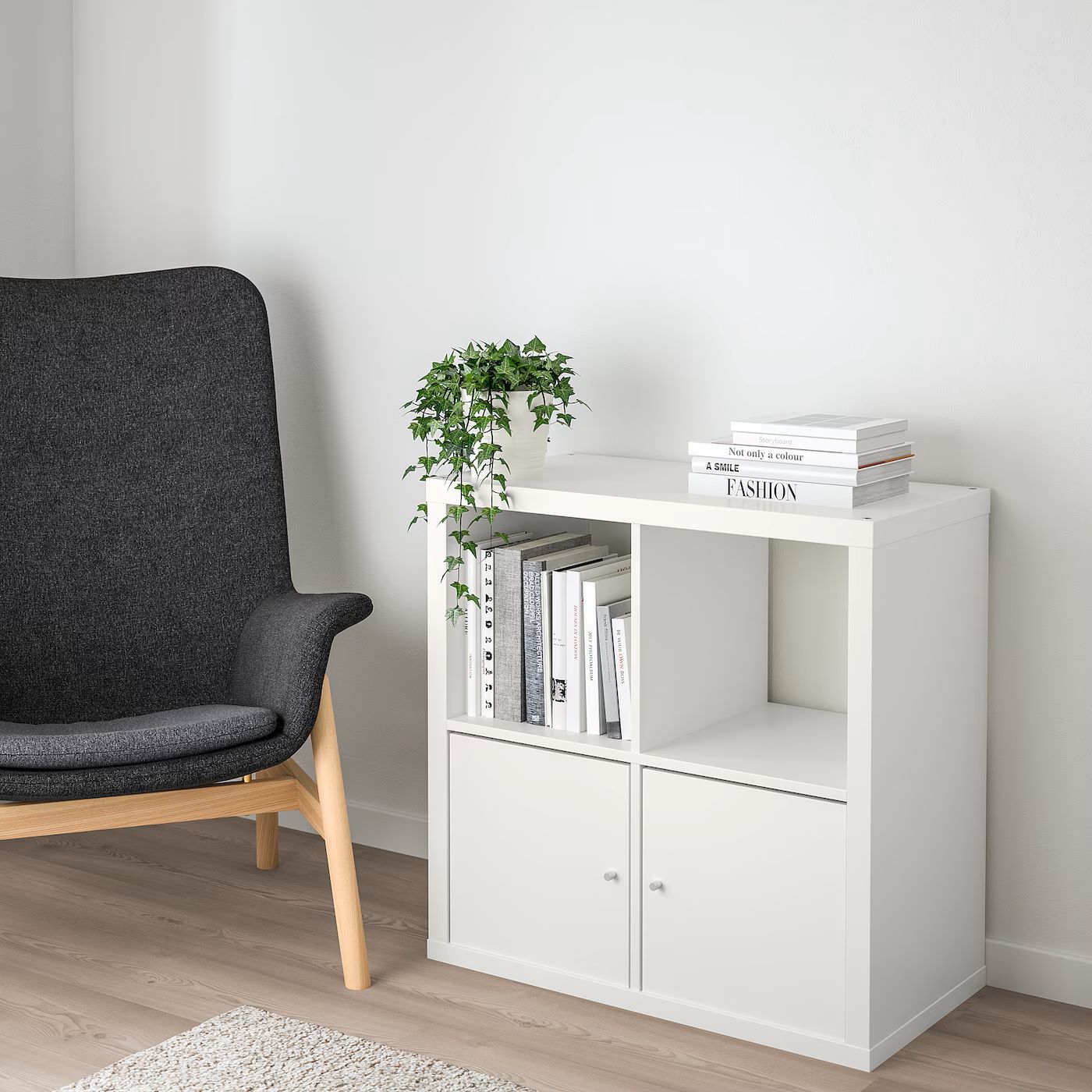
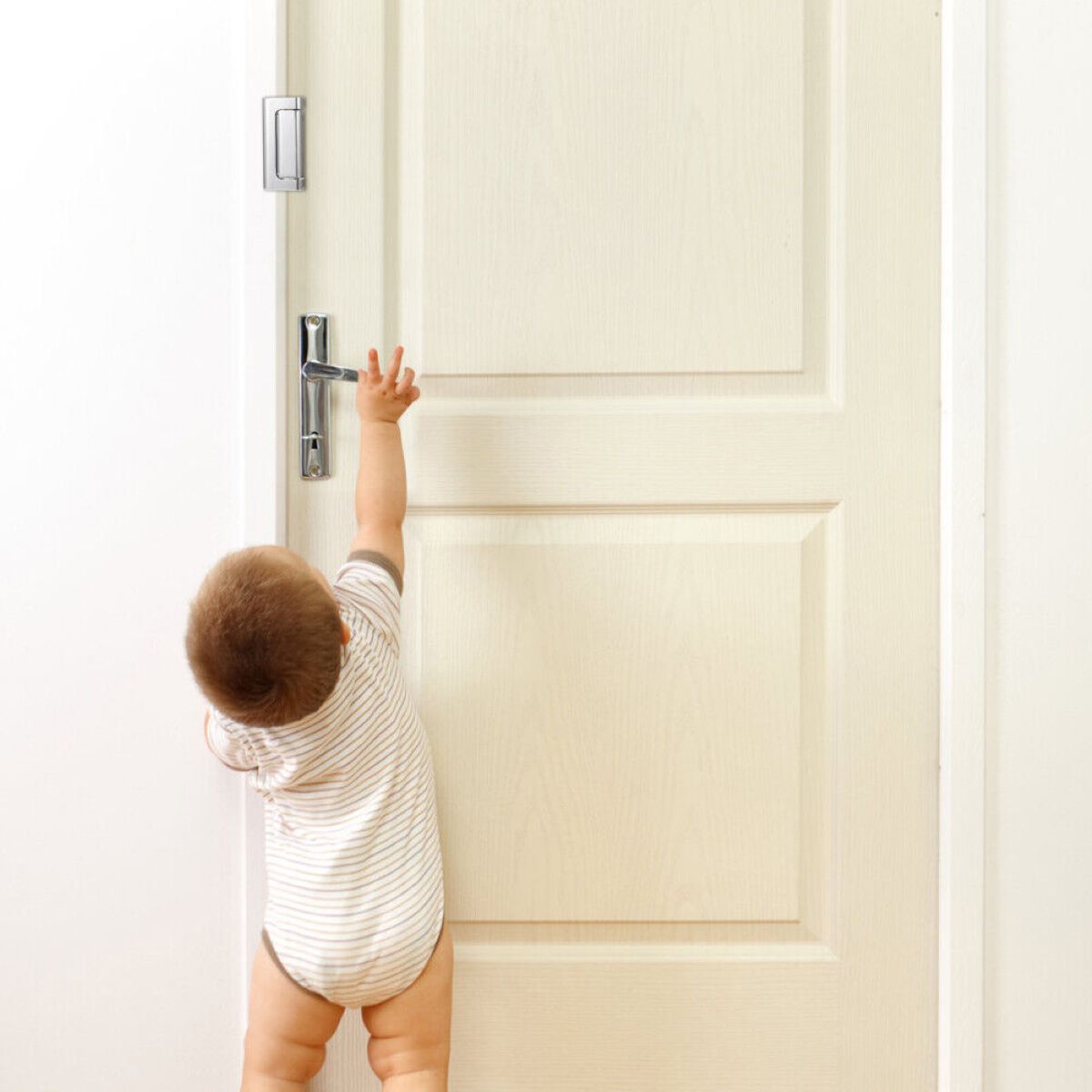
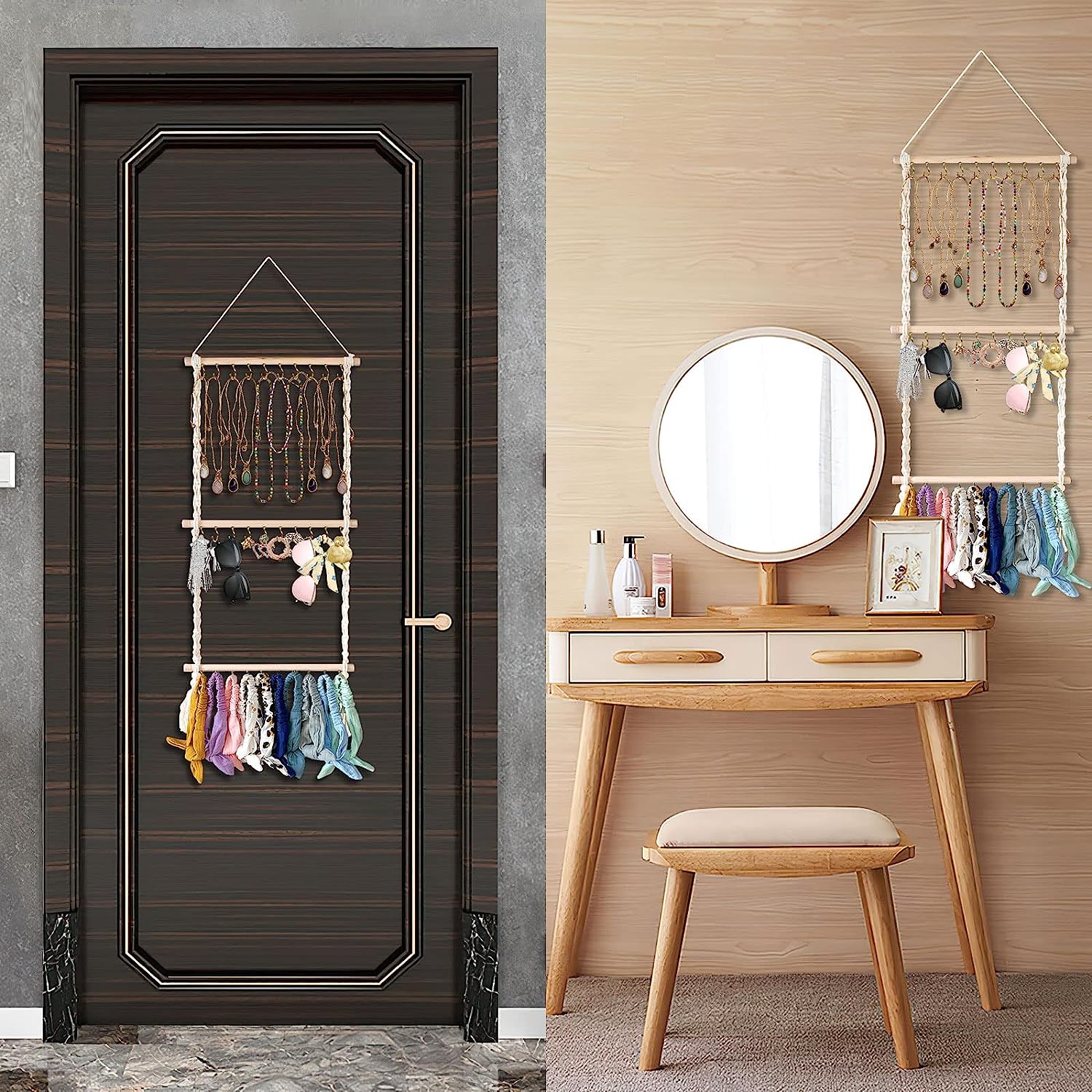

0 thoughts on “How To Childproof A Sliding Closet Door”